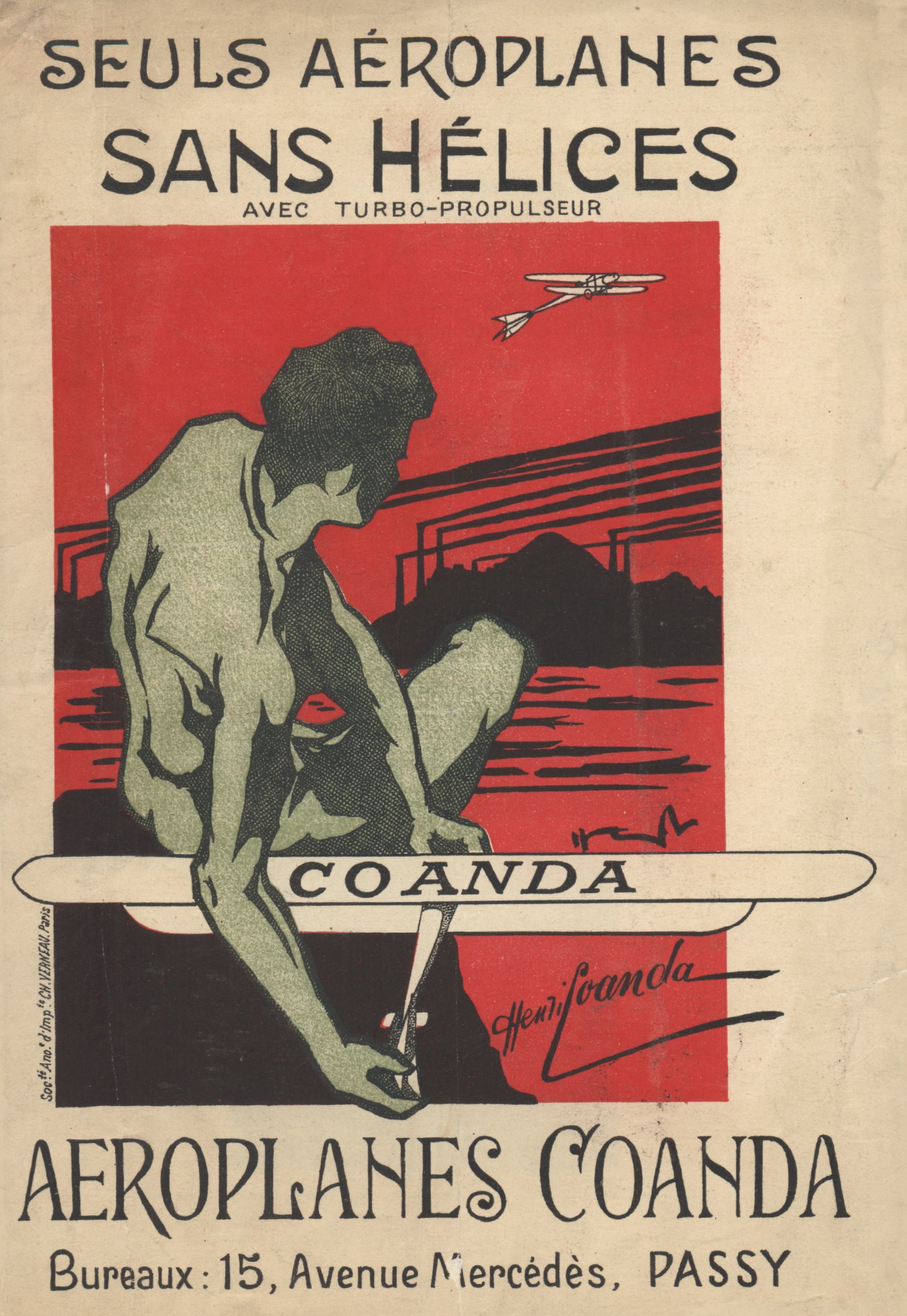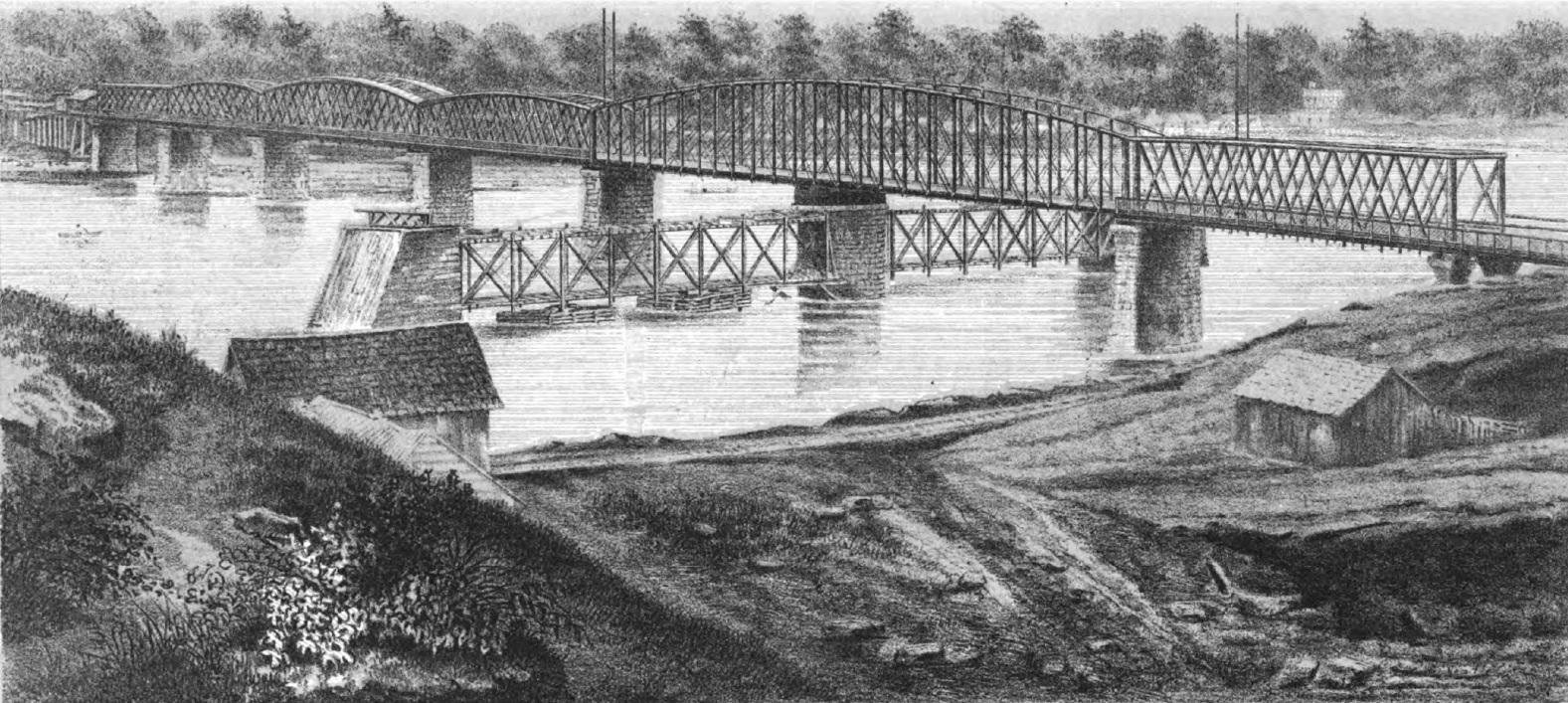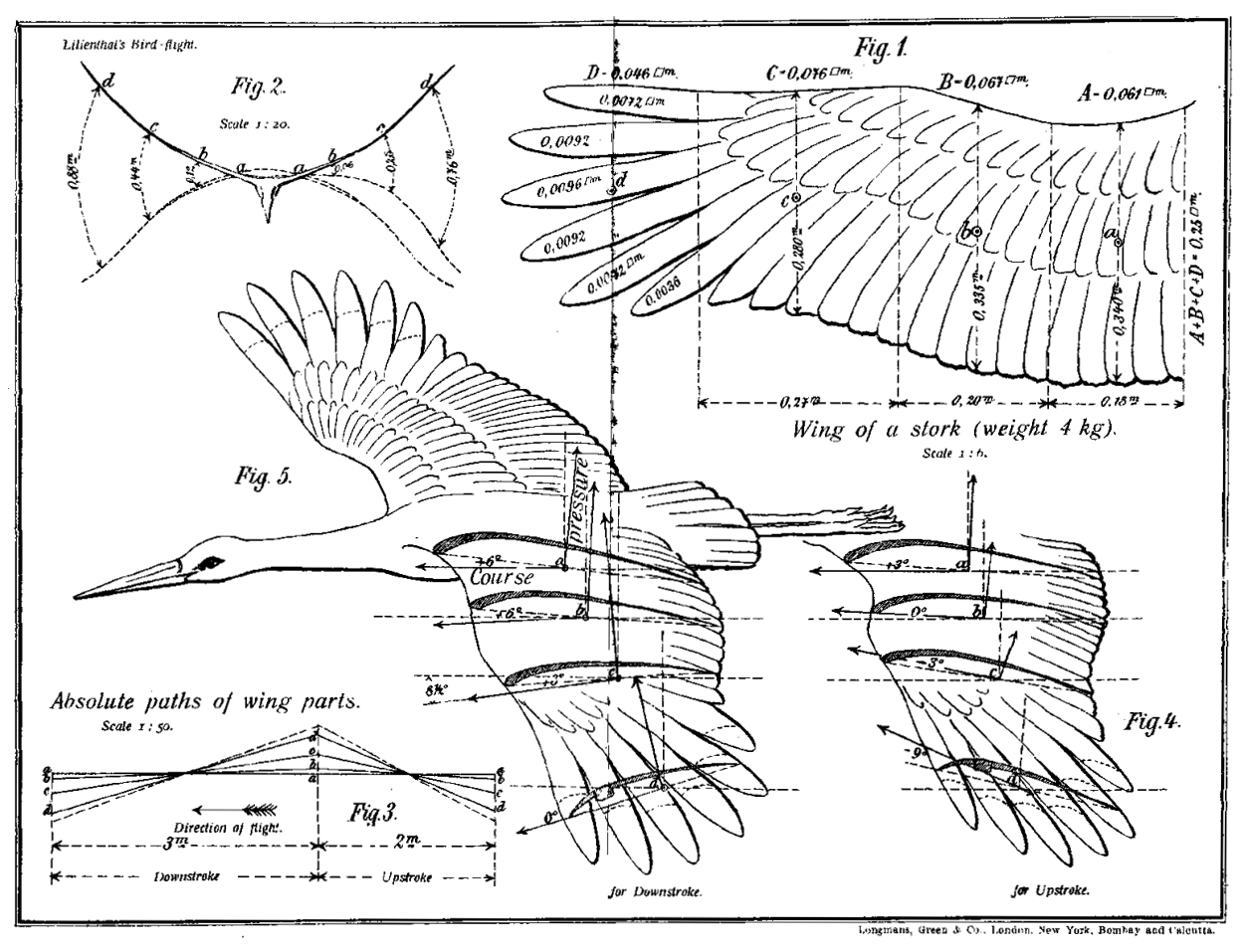|
Coandă-1910
The Coandă-1910, designed by Romanian inventor Henri Coandă, was an unconventional sesquiplane aircraft powered by a ducted fan. Called the "turbo-propulseur" by Coandă, its experimental engine consisted of a conventional piston engine driving a multi-bladed centrifugal blower which exhausted into a duct. The unusual aircraft attracted attention at the Second International Aeronautical Exhibition in Paris in October 1910, being the only exhibit without a propeller, but the aircraft was not displayed afterwards, and it fell from public awareness. Coandă used a similar turbo-propulseur to drive a snow sledge, but he did not develop it further for aircraft. Decades later, after the practical demonstration of motorjets and turbojets, Coandă began to tell various conflicting stories about how his early experiments were precursors to the jet, even that his turbo-propulseur was the first motorjet engine with fuel combustion in the airstream. He also claimed to have made a ... [...More Info...] [...Related Items...] OR: [Wikipedia] [Google] [Baidu] |
Henri Coandă
Henri Marie Coandă (; 7 June 1886 – 25 November 1972)''Flight'' 1973 was a Romanian inventor, aerodynamics pioneer, and builder of an experimental aircraft, the Coandă-1910, which never flew. He invented a great number of devices, designed a "flying saucer" and discovered the Coandă effect of fluid dynamics. In the 1950s, Coandă inflated his importance in aviation history, describing falsely how he had invented the air-breathing jet engine and incorporated that design into the Coandă-1910 aircraft. However, his ducted engine design, the "turbo-propulseur", was described in its patent as working the same way with either water or air running through. Life Early life Born in Bucharest, Coandă was the second child of a large family. His father was General Constantin Coandă, a mathematics professor at the National School of Bridges and Roads. His mother, Aida Danet, was the daughter of French physician Gustave Danet, and was born in Brittany. Coandă recalled later in ... [...More Info...] [...Related Items...] OR: [Wikipedia] [Google] [Baidu] |
Counter-rotating Propellers
Counter-rotating propellers (CRP) are propellers which turn in opposite directions to each other. They are used on some twin- and multi-engine propeller-driven aircraft. The propellers on most conventional twin-engined aircraft turn clockwise (as viewed from behind the engine). Counter-rotating propellers generally turn clockwise on the left engine and counterclockwise on the right. The advantage of such designs is that counter-rotating propellers balance the effects of torque and P-factor, meaning that such aircraft do not have a critical engine in the case of engine failure. Drawbacks of counter-rotating propellers come from the fact that, in order to reverse the rotation of one propeller, either one propeller must have an additional reversing gearbox, or the engines themselves must be adapted to turn in opposite directions. (Meaning that there are essentially two engine designs, one with left-turning and the other with right-turning parts, which complicates manufacture a ... [...More Info...] [...Related Items...] OR: [Wikipedia] [Google] [Baidu] |
Spa, Belgium
Spa (; ) is a Municipalities of Belgium, municipality and City status in Belgium, city of Wallonia in the Liège Province, province of Liège, Belgium, whose name became an eponym for spa, mineral baths with supposed curative properties. It is in a valley in the Ardennes mountains south-east of Liège and south-west of Aachen. In 2006, Spa had a population of 10,543 and an area of , giving a population density of . Spa is one of Belgium's most popular tourist destinations, being renowned for its natural mineral springs, and production of "Spa (mineral water), Spa" mineral water, which is exported worldwide. The Race track, motor-racing Circuit de Spa-Francorchamps, just south of the nearby village of Francorchamps, also hosts the annual Formula One Belgian Grand Prix and various endurance races such as the 24 Hours of Spa. The world's first beauty pageant, the Concours de Beauté, was held in Spa on 19 September 1888. The town also hosted the 2010 Tour de France, Tour de Fran ... [...More Info...] [...Related Items...] OR: [Wikipedia] [Google] [Baidu] |
Charlottenburg
Charlottenburg () is a Boroughs and localities of Berlin, locality of Berlin within the borough of Charlottenburg-Wilmersdorf. Established as a German town law, town in 1705 and named after Sophia Charlotte of Hanover, Queen consort of Kingdom of Prussia, Prussia, it is best known for Charlottenburg Palace - the largest surviving such royal palace in Berlin - and the adjacent museums. Charlottenburg was an independent city to the west of Berlin until 1920 when it was incorporated into "Greater Berlin Act, Groß-Berlin" (Greater Berlin) and transformed into a borough. In the course of Berlin's 2001 administrative reform it was merged with the former borough of Wilmersdorf becoming a part of a new borough called Charlottenburg-Wilmersdorf. Later, in 2004, the new borough's districts were rearranged, dividing the former borough of Charlottenburg into the localities of Charlottenburg proper, Westend (Berlin), Westend and Charlottenburg-Nord. Geography Charlottenburg is located in ... [...More Info...] [...Related Items...] OR: [Wikipedia] [Google] [Baidu] |
Octave Chanute
Octave Chanute (February 18, 1832 – November 23, 1910) was a French-American civil engineer and aviation pioneer. He advised and publicized many aviation enthusiasts, including the Wright brothers. At his death, he was hailed as the father of aviation and the initial concepts of the heavier-than-air flying machine. Early life Octave Chanute was born in Paris to Elise and Joseph Chanut, professor at the Collège de France. Octave and Joseph emigrated to the United States of America in 1838, when Joseph was named Vice President of Jefferson College in Louisiana. Octave attended private schools in New York. He added the "e" to his last name in his adult life. In 1857, he married Anne Riddell James, with whom he had a son and three daughters. Career Railroad civil engineer Chanute began his training as a civil engineer in 1848. He was widely considered brilliant and innovative in the engineering profession. He designed and constructed the two biggest stockyards in the United Sta ... [...More Info...] [...Related Items...] OR: [Wikipedia] [Google] [Baidu] |
Otto Lilienthal
Karl Wilhelm Otto Lilienthal (23 May 1848 – 10 August 1896) was a German pioneer of aviation who became known as the "flying man". He was the first person to make well-documented, repeated, successful flights with gliders, therefore making the idea of heavier-than-air aircraft a reality. Newspapers and magazines published photographs of Lilienthal gliding, favourably influencing public and scientific opinion about the possibility of flying machines becoming practical. Lilienthal's work led to his developing the concept of the modern wing. His flight attempts in 1891 are seen as the beginning of human flight and the " Lilienthal Normalsegelapparat" is considered the first airplane in series production, making the ''Maschinenfabrik Otto Lilienthal'' in Berlin the first airplane production company in the world. He has been referred to as the "father of aviation" and "father of flight". On 9 August 1896, Lilienthal’s glider stalled and he was unable to regain control. Fallin ... [...More Info...] [...Related Items...] OR: [Wikipedia] [Google] [Baidu] |
Giovanni Battista Caproni
Giovanni Battista "Gianni" Caproni, 1st Count of Taliedo (July 3, 1886 – October 27, 1957) was an Italian aeronautical engineer, civil engineer, electrical engineer, and aircraft designer who founded the Caproni aircraft-manufacturing company. Early life and education Caproni was born on July 3, 1886, in Massone, which at the time was in Austria-Hungary but became a part of Italy in 1919. In 1907 he received a degree in civil engineering from the Technical University Munich. A year later he received a doctoral degree in electrical engineering from the University of Liège. Career In 1907 and 1908, Caproni gained experience in the construction of aircraft engines; he also collaborated with the Romanian aircraft designer Henri Coandă, whom he had met at ''lIstituto Montefiori di Liegi'', in the building of sailplanes. In 1908, he founded the Caproni factory in the Taliedo district of Milan, Italy, to manufacture biplanes. In 1909 he opened an industrial airport near the C ... [...More Info...] [...Related Items...] OR: [Wikipedia] [Google] [Baidu] |
Liège
Liège ( ; ; ; ; ) is a City status in Belgium, city and Municipalities in Belgium, municipality of Wallonia, and the capital of the Liège Province, province of Liège, Belgium. The city is situated in the valley of the Meuse, in the east of Belgium, not far from borders with the Netherlands (Maastricht is about to the north) and with Germany (Aachen is about north-east). In Liège, the Meuse meets the river Ourthe. The city is part of the ''sillon industriel'', the former industrial backbone of Wallonia. It still is the principal economic and cultural centre of the region. The municipality consists of the following Deelgemeente, sub-municipalities: Angleur, Bressoux, Chênée, Glain, Grivegnée, Jupille-sur-Meuse, Liège proper, Rocourt, Liège, Rocourt, and Wandre. In November 2012, Liège had 198,280 inhabitants. The metropolitan area, including the outer commuter zone, covers an area of 1,879 km2 (725 sq mi) and had a total population of 749,110 on 1 January 2008. ... [...More Info...] [...Related Items...] OR: [Wikipedia] [Google] [Baidu] |
Bernhard Von Bülow
Bernhard Heinrich Karl Martin, Prince of Bülow ( ; 3 May 1849 – 28 October 1929) was a German politician who served as the chancellor of the German Empire, imperial chancellor of the German Empire and minister-president of Prussia from 1900 to 1909. A fervent supporter of ''Weltpolitik'', Bülow devoted his chancellorship to transforming Germany into a global power. Despite presiding over sustained economic growth and major technological advancements within his country, his government's foreign policy did much to antagonize France and Great Britain thereby contributing significantly to the outbreak of the World War I, a conflict that resulted in the fall of the German Empire. Born into a prominent family of Danish-German aristocrats, Bülow entered the German foreign service after his father, Bernhard Ernst von Bülow, was appointed foreign secretary in Otto von Bismarck's government. He held several diplomatic posts, including German ambassador to Rome, before being appointed ... [...More Info...] [...Related Items...] OR: [Wikipedia] [Google] [Baidu] |
Chancellor Of Germany
The chancellor of Germany, officially the federal chancellor of the Federal Republic of Germany, is the head of the federal Cabinet of Germany, government of Germany. The chancellor is the chief executive of the Federal Government of Germany, Federal Cabinet and heads the executive branch. The chancellor is elected by the Bundestag on the proposal of the President of Germany, federal president and without debate (Article 63 of the Basic Law for the Federal Republic of Germany, German Constitution). During a state of defence declared by the Bundestag the chancellor also assumes the position of commander-in-chief of the Bundeswehr. List of chancellors of Germany, Ten people (nine men and one woman) have served as chancellor of the Federal Republic of Germany, the first being Konrad Adenauer from 1949 to 1963. (Another 26 men had served as "Reich chancellors" of the previous German Empire from 1871 to 1945.) The current officeholder is Friedrich Merz of the Christian Democratic Un ... [...More Info...] [...Related Items...] OR: [Wikipedia] [Google] [Baidu] |
Kassel
Kassel (; in Germany, spelled Cassel until 1926) is a city on the Fulda River in North Hesse, northern Hesse, in Central Germany (geography), central Germany. It is the administrative seat of the Regierungsbezirk Kassel (region), Kassel and the district Kassel (district), of the same name, and had 201,048 inhabitants in December 2020. The former capital of the States of Germany, state of Hesse-Kassel, it has many palaces and parks, including the Bergpark Wilhelmshöhe, which is a UNESCO World Heritage Site. Kassel is also known for the ''documenta'' Art exhibition, exhibitions of contemporary art. Kassel has a Public university, public University of Kassel, university with 25,000 students (2018) and a multicultural population (39% of the citizens in 2017 had a migration background). History Kassel was first mentioned in 913 AD, as the place where two deeds were signed by King Conrad of Franconia, Conrad I. The place was called ''Chasella'' or ''Chassalla'' and was a fortifi ... [...More Info...] [...Related Items...] OR: [Wikipedia] [Google] [Baidu] |
Degree (angle)
A degree (in full, a degree of arc, arc degree, or arcdegree), usually denoted by ° (the degree symbol), is a measurement of a plane (mathematics), plane angle in which one Turn (geometry), full rotation is 360 degrees. It is not an SI unit—the SI unit of angular measure is the radian—but it is mentioned in the SI Brochure, SI brochure as an Non-SI units mentioned in the SI, accepted unit. Because a full rotation equals 2 radians, one degree is equivalent to radians. History The original motivation for choosing the degree as a unit of rotations and angles is unknown. One theory states that it is related to the fact that 360 is approximately the number of days in a year. Ancient astronomers noticed that the sun, which follows through the ecliptic path over the course of the year, seems to advance in its path by approximately one degree each day. Some ancient calendars, such as the Iranian calendar, Persian calendar and the Babylonian calendar, used 360 days for a year. ... [...More Info...] [...Related Items...] OR: [Wikipedia] [Google] [Baidu] |








